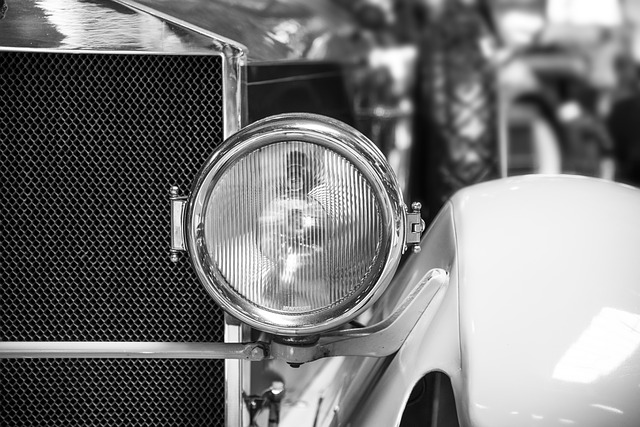
The company was founded in Rüsselsheim, Hessen, Germany, on January 21, 1862, by Adam Opel. At the beginning, Opel just produced sewing machines in a cowshed in Rüsselsheim. Above all, his success was based on his perfectly customized sewing machines. Because of the quick growth of his business, in 1888 the production was relocated from the cowshed to a more spacious building in Rüsselsheim. Encouraged by success, Adam Opel launched a new product in 1886: He began to sell high-wheel bicycles, also known as penny-farthings. Besides, Opel’s two sons participated in high-wheel bicycle races and thus promoted this means of transportation. Therefore, the production of high-wheel bicycles soon exceeded the production of sewing machines. At the time of Opel’s death in 1895, he was the leader in both markets.
Opel History
The first cars were produced in 1899 after Opel’s sons entered into a partnership with Friedrich Lutzmann, a locksmith at the court in Dessau in Saxony-Anhalt, who had been working on automobile designs for some time
World War II brought to Rüsselsheim the only year in the entire history of Opel – 1945 – in which it produced fewer vehicles, since that first Lutzmann-authored Opel was made in 1899. Before the conflict broke out, the Adam Opel AG had established itself as the largest motor vehicle manufacturer in Europe. The combination of Opel know-how with GM resources had produced outstanding results. In spite of stifling red tape, the economic atmosphere in Germany in the 1930s had powerfully fertilized the growth of this and other auto companies. But in the case of Opel, at least, it was clear that the expansion of this industrial machine was not directed in any way toward military objectives.
By the 1970s, Opel had emerged as the stronger of GM’s two European brands; Vauxhall was the third best selling brand in the United Kingdom after the British Motor Corporation (later British Leyland) and Ford, but made only a modest impact elsewhere.
Opel’s first turbocharged car was the Opel Rekord 2.3 TD, first shown at Geneva in March 1984.
Following the 2008 global financial crisis, on 10 September 2009, GM agreed to sell a 55% stake in Opel to the Magna group with the approval of the German government. The deal was later called off.
In 2010 Opel announced that it will invest around €11 billion in the next five years. One billion of that is designated solely for the development of innovative and fuel-saving engines and transmissions.
On 29 February 2012 Opel formally announced the creation of a major alliance with PSA, as part of which GM became PSA’s second-largest shareholder, after the Peugeot family, with a holding of 7%. The alliance is intended to enable $2 billion per year of cost savings through platform sharing, common purchasing and other economies of scale.
Remember that before you buy, check the history of the vehicle. You do this by typing the VIN Number Opel below:
Source: wikipedia.org


 EN
EN  PL
PL  RU
RU  DE
DE  HU
HU  EE
EE  LV
LV  RO
RO  SI
SI  CZ
CZ  LT
LT 